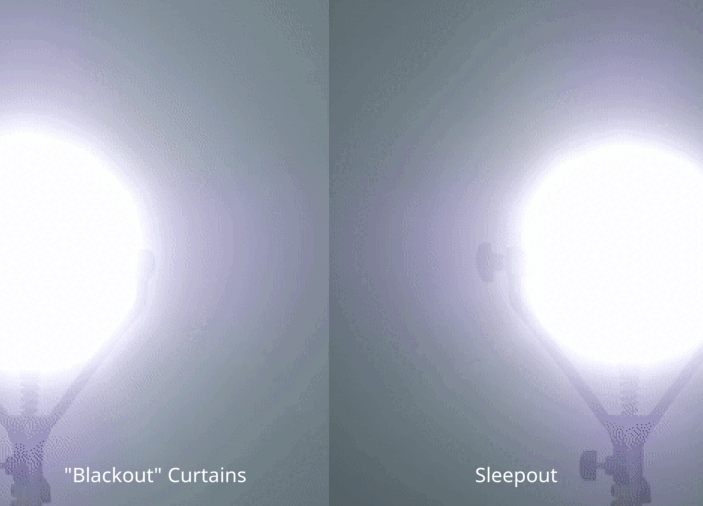Navigating your baby's sleep schedule can be a challenge, particularly when it comes to understanding wake windows and fostering healthy sleep habits for your 7-month-old. Wake windows directly influence a baby's overall sleep quality. Wake windows vary for different age groups, but for 7-month-olds, they're particularly crucial as babies continue to develop more consistent sleep routines.
You're not alone as you strive to establish a consistent sleep routine for your little one. Let's delve into the concept of wake windows and how to effectively manage them for improved sleep and overall development.
Ideal Wake Window Duration for a 7-Month-Old
For 7-month-olds, the optimal wake window typically ranges from 2.5 to 3.5 hours. However, it's essential to recognize your baby's unique sleep needs and cues, as each baby is different. Some babies may need shorter wake windows, while others can comfortably stay awake for longer periods. Additionally, consider factors like the quality of their previous nap or their level of activity during the day, as these can also influence how long they can stay awake.
Consistent wake windows contribute to improved sleep and overall development. A regular sleep schedule allows your baby to establish a healthy sleep pattern and helps prevent over-tiredness or insufficient sleep. Additionally, by maintaining consistency, you're fostering a sense of security and familiarity for your baby, which can positively affect their emotional well-being.
Adjusting To Your 7 Month Old's Wake Windows
At seven months, babies often face sleep challenges due to various factors, such as developmental milestones, increased awareness of their surroundings, and changing sleep needs. By understanding these factors, you can support your baby through this challenging phase and help them along their sleep journey.
Developmental milestones, while essential for growth and development, can sometimes disrupt your baby's sleep. As your baby becomes more aware of their surroundings, they might struggle to settle down for sleep or stay asleep. Furthermore, their sleep needs may change as they grow, necessitating adjustments to their sleep schedule.
The Last Nap for a 7-Month-Old: When Should It Be?
The timing of the last nap depends on your baby's sleep schedule and individual needs. Generally, the last nap should end around 3 to 4 hours before bedtime. This timing ensures that your baby has enough time to build up sleep pressure before it's time for nighttime sleep, but not so much that they become overtired. The duration and quality of the last nap can also influence how well your baby sleeps at night.
Be prepared to adjust the timing of the last nap as needed, taking cues from your baby's sleepiness and energy levels. It's also essential to consider your family's schedule and commitments, as these factors can influence the timing and structure of your baby's sleep routine.
Maintaining Consistent Wake Windows: Strategies and Techniques
To create and maintain regular wake windows, consider utilizing these practical suggestions and approaches:
Observe your baby's sleep cues: Keep a close eye on signs that your baby is sleepy, such as yawning, rubbing their eyes, or becoming irritable. These cues can help you determine when your child is ready for sleep and allow you to adjust the schedule as needed. By being attentive to your baby's needs, you can ensure their wake windows align with their natural sleep preferences.
Stay adaptable and adjust the schedule: As your child grows and develops, their sleep needs may change. Be ready to modify the wake windows and sleep schedule to accommodate these changes. Monitor your baby's sleeping habits and make necessary adjustments to maintain regularity and support their overall growth.
Establish routines and rituals: Consistent sleep patterns are heavily influenced by routines and rituals. Create a stable bedtime routine, such as taking a warm bath, reading a story, or singing lullabies, to help your baby relax and signal that it's time to sleep. Likewise, establish a consistent naptime routine to facilitate a smooth transition from being awake to falling asleep.
Prioritize daytime napping: Ensure your baby has enough opportunities to nap during the day, as this can directly affect the quality of their nighttime sleep. By focusing on maintaining consistent wake windows and prioritizing naps, you can help your baby develop a healthy sleep pattern that supports their growth and development.
Coordinate with caregivers: If your child spends time with other caregivers, like grandparents or daycare providers, make sure they are informed about your baby's wake windows and sleep schedule. Maintaining consistency across all caregivers can reinforce your baby's sleep habits and enhance their overall well-being.
Create an appropriate sleep environment: A soothing and cozy sleep environment is essential for establishing consistent wake windows. High-quality blackout curtains can contribute to the perfect ambiance by blocking light and outside disturbances. These curtains can also help control the room's temperature, ensuring your baby is comfortable and ready to rest during their designated sleep periods.
By adopting these strategies and techniques, you can create and maintain consistent wake windows for your baby, fostering improved sleep and supporting their overall growth.
Be Patient, You've Got This!
At this age your baby is going through a lot of developmental changes that may require you to adjust their sleeping routines. Remember to trust your intuition, you know your baby best. By applying the strategies mentioned, you can design a more consistent sleep routine for your child. Don't forget to observe your baby's unique sleep needs and signals, and be patient as you navigate this demanding stage of their growth.
Take the next step in creating a restful environment for your baby by investing in the most recommended blackout curtain by sleep specialists. With the help of these high-quality curtains, you can ensure your baby gets the best sleep possible. Use code WELCOME10 at checkout for a special discount on your first purchase.







